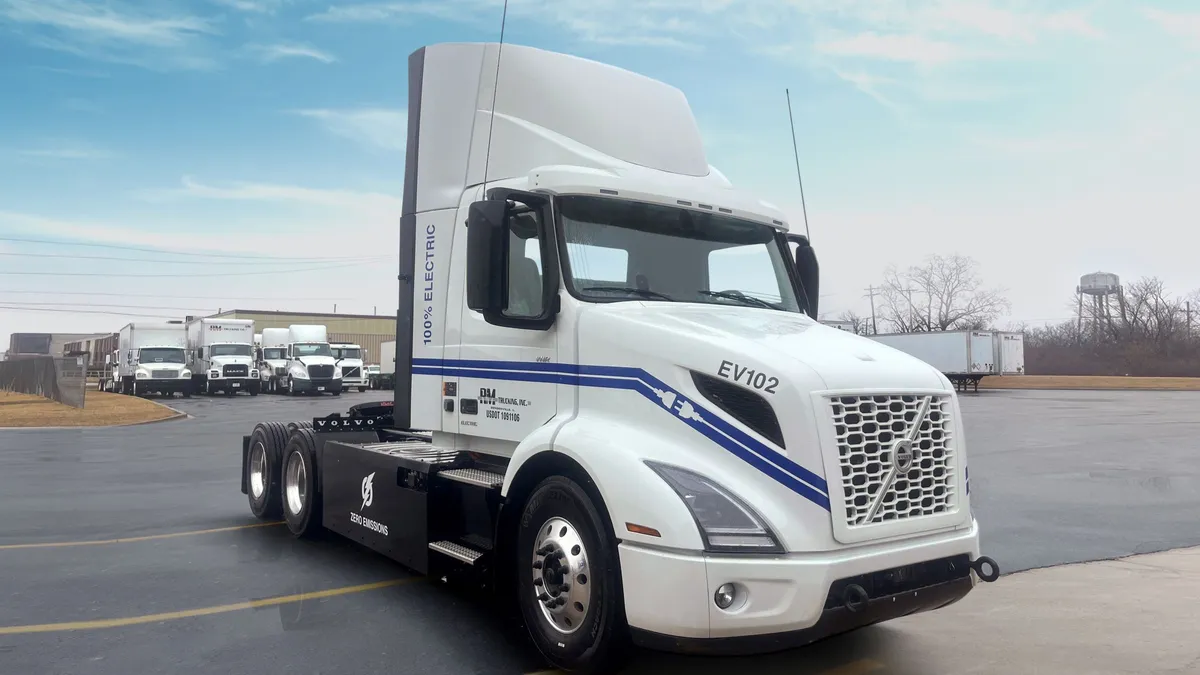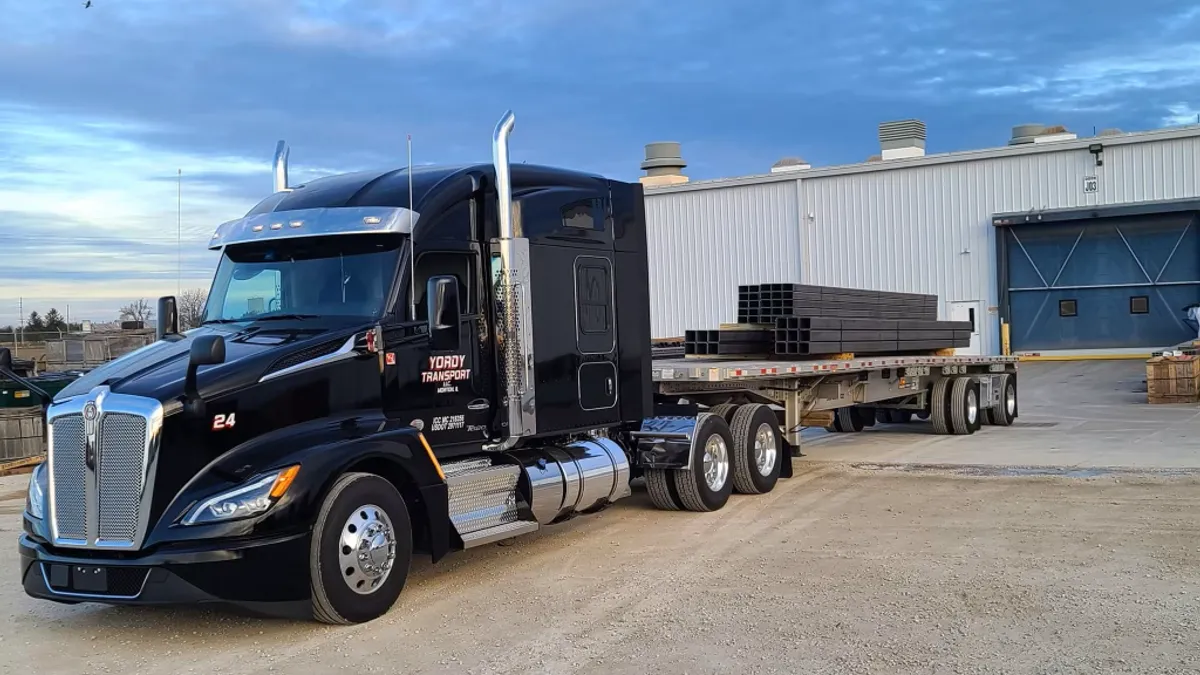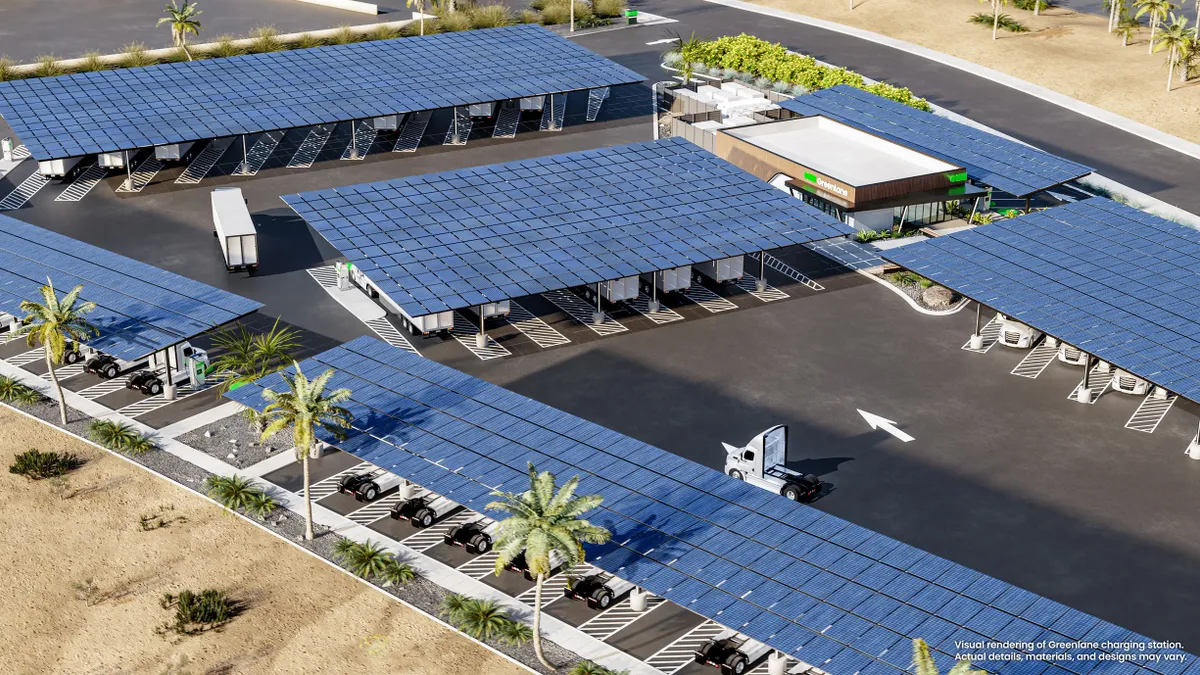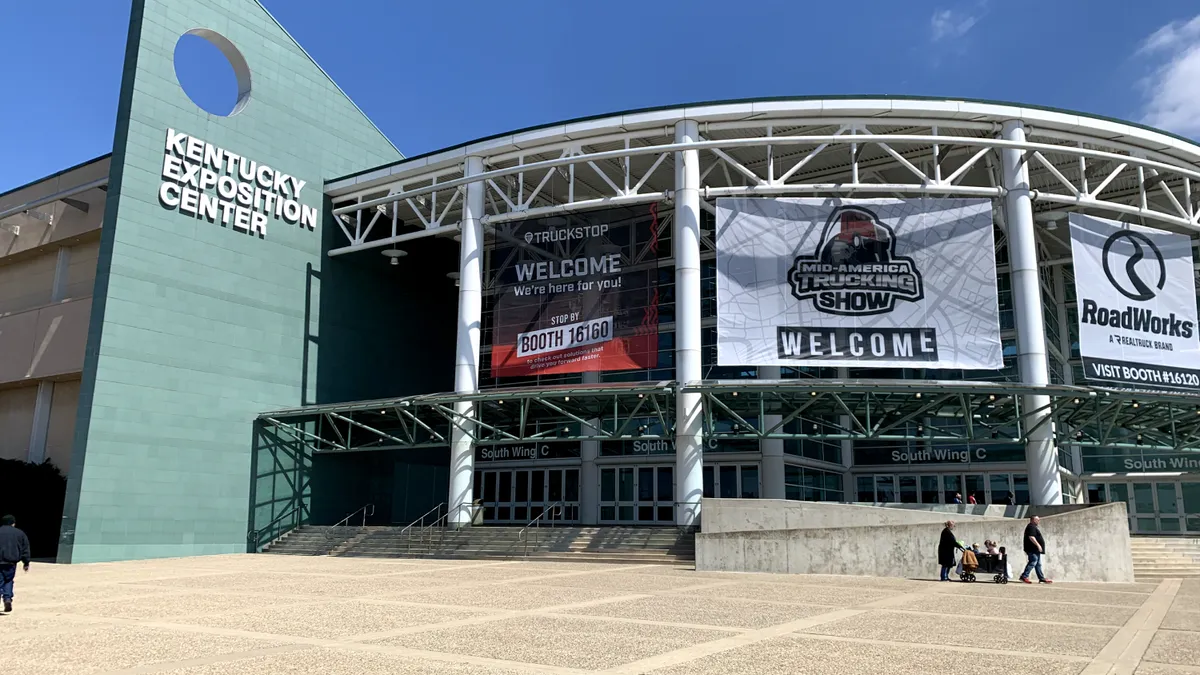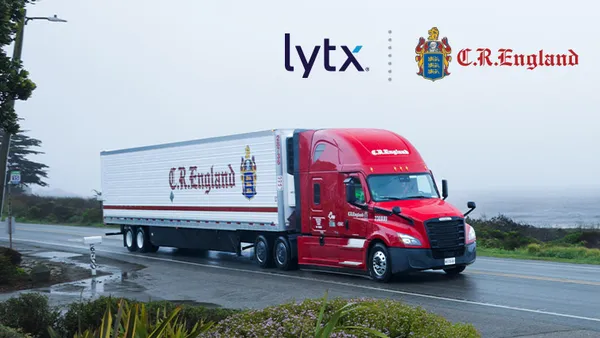Prices for used Class 8 trucks are skyrocketing, with October costs up 54% from a year earlier. Prices are also up 36% since the beginning of the year, according to a recent report by ACT Research.
Steve Tam, vice president of ACT Research, said the average retail used Class 8 price was $72,200 in October, up from $46,900 in October 2020. The majority of the models are sleepers, he said.
In the world of auctions, prices are sometimes exceeding the cost of a brand-new “vanilla” Class 8 tractor, which is about $140,000 per sleeper unit, Tam said.
“It’s the first time I think the industry has ever experienced that,” said Tam.
Compounding the problem is the shortage in available semiconductors, used in large quantities in new tractors. Supply constraints have slowed production of new Class 8 trucks, and are perhaps the biggest reason for the momentum in used truck prices.
With the semiconductor shortage and the demand for trucks, Avery Vise, FTR vice president of trucking, is concerned the transport industry will have a new problem to add to its list of labor constraints, truck parking and real estate for LTL terminals.
“We may see a truck shortage as a bigger issue than the driver shortage [in 2022],” said Vise. “We’re already seeing that in pockets.”
Few doubt the bigger for-hire carriers will suffer paying extra because of market conditions, but smaller fleets and owner-operators will likely face financial situations that could be harder to navigate if spot rates drop.
Sharp costs and the risk of deeper debt
Lenders would normally prevent smaller players from borrowing too much for used trucks, but market conditions have allowed money to flow.
“The financing entities are pretty bullish,” said Vise. “However, as the situation continues to tighten — and it’s going to — it becomes a bigger and bigger issue.”
Consumer spending is not likely to continue as it is now in the long term, said Vise, and that will make financing more difficult for smaller fleets.
Buyers could incur more costs and deeper debt when purchasing used sleeper trucks. Most of the buyers of used trucks tend to be owner-operators or small carriers, both of which are especially vulnerable to high debt and thinning margins. They are generally more leveraged because they tend not have working capital, Vise said. When diesel prices surge, smaller carriers and owner-operators tend to suffer because they have to pay their fuel bill immediately, he said.
“We may see a truck shortage as a bigger issue than the driver shortage [in 2022].”

Avery Vise
Vice President of Trucking at FTR
The used truck costs are so sharp now, an official from the Owner-Operator Independent Drivers Association said buyers should be wary of incurring too much debt.
Todd Spencer, OOIDA president and CEO, said that while spot rates are keeping independent drivers flush with monthly cash, for now, things could change. Bubbles have burst before on trucking, he said.
“That’s the reality,” said Spencer. “You make a business decision there. In the near term, we may be going good. But in the long term? In essence, don’t overextend ourselves.”
There is little sign the upward pressure on used trucks will abate soon. In a situation that does not augur well for future buyers, no one seems sure about the size of the North American inventory of used trucks.
“You can’t get them to stand still long enough to count them,” said Tam.
Vise said he hears some fleets do not have a truck in which to put a recruited driver. That makes fleets more willing to hold on to their trucks, creating an upward price pressure.
It also means smaller carriers and owner-operators will have a tougher time than bigger fleets adding capacity. And it could dissuade company drivers from striking out on their own as owner-operators, solely because of used truck prices, Vise said.
A seller’s market for used trucks
While some fleets face financial challenges obtaining trucks, others benefit from the seller’s market.
Ryder reported its on its latest earnings call that its fleet management division made pre-tax earnings of $186 million, up $170 million from the prior year, and $93 million came from higher gains on used-vehicle sales. John Diez, Ryder CFO, said tractor proceeds were up 32% and truck proceeds were up 27% over Q2.
“Higher sales proceeds reflect significantly improved market prices,” Diez said.
But the limit on new truck production due to supply chain problems has filtered down to the used market, reducing Ryder’s inventory of used trucks.
Used sales numbers, inventories decline due to supply chain constraints
Penske reported during an earnings calll on Oct. 27 that revenue jumped in part because of demand for used trucks.
Propelling the business is OEMs being behind on new trucks by about 13 months, CEO Roger Penske said on the call. That shortage is coupled with rising freight demand.
“And that’s going to drive this business for the next 12, maybe even 24 months,” said Penske. “And that’s what’s driving the used truck prices up because today, most of the fleets can’t get their new trucks right now. So they’re running their old trucks, maybe another five to six months. And that’s also helping drive this used truck value, but I don’t see it slowing down.”
“You can’t get [used trucks] to stand still long enough to count them.”

Steve Tam
Vice President of ACT Research
Fleet executives have also noted they took advantage of the higher market values and sold older equipment.
Steve Bruffett, Schneider CFO, told investors on an Oct. 28 investors call that the company “took advantage of the robust used equipment market in the third quarter.” Derek Leathers, Werner CEO, said on a call the same day that pricing in the used truck sales market “was better than expected” in Q3, with gains of $15.3 million, up from $13.5 million in Q2.
Buyers of used trucks will eventually become sellers of used trucks. Used equipment will keep getting handed down to smaller and smaller fleets, with the age getting older and the prices dropping. When the price is high to begin with and the market remains tight, however, it will stay elevated as it gets resold.
J.D. Power research appears to bear that out: Average retail price in October for 2017 model sleeper trucks was $72,682, and 2016 models were $55,904. In October 2020, the average sleeper was $38,734.
“It trickles down through the whole process,” said Tam.




